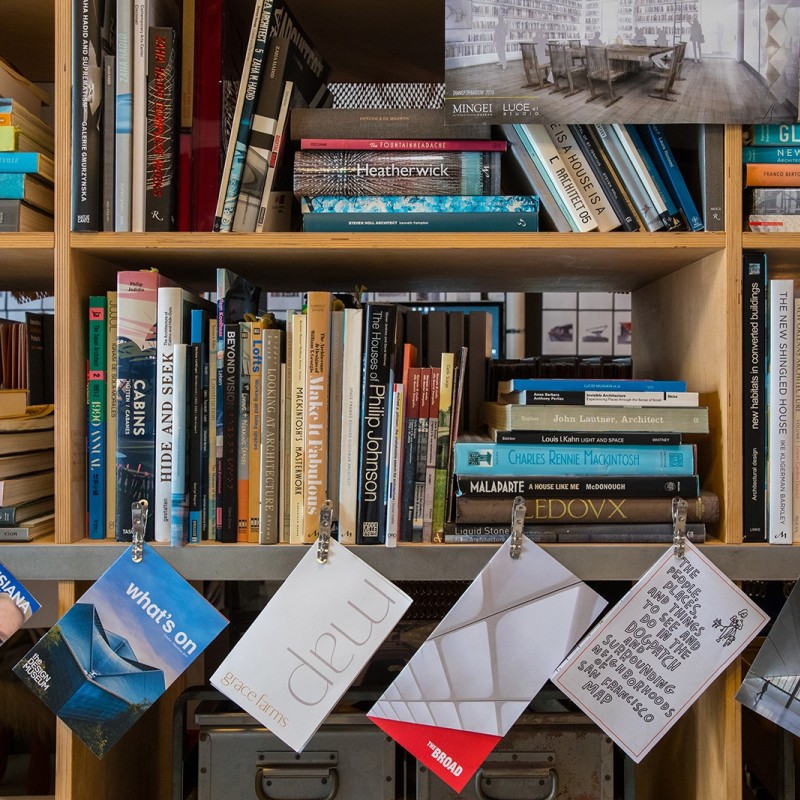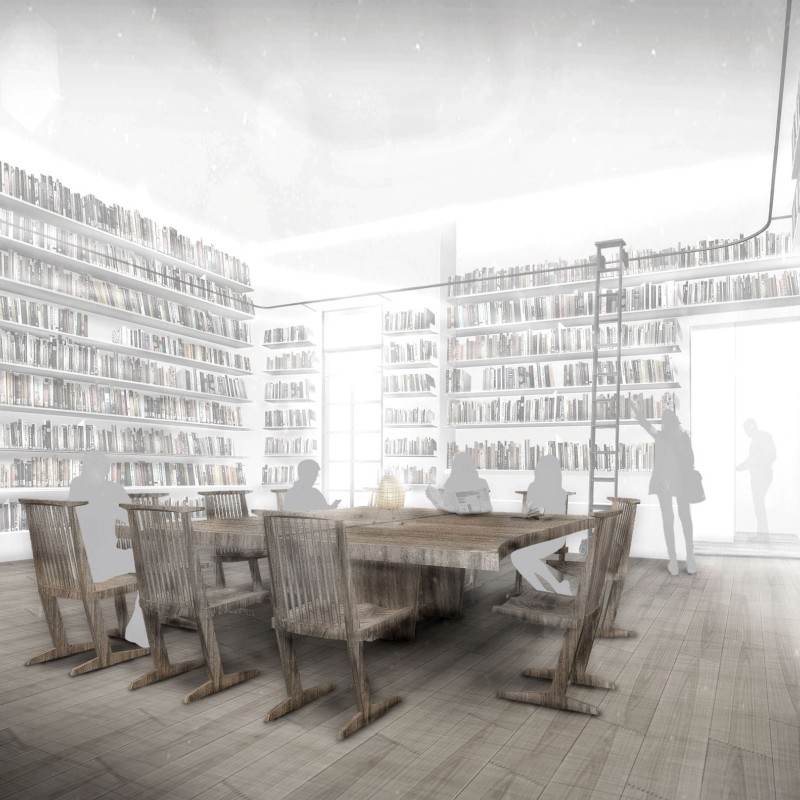Luce et Studio's work spans multiple scales from regional masterplans and commissions from museums like Mingei, to boutique hotels and custom furniture. The office itself is a "work in progress that contains information about people encountered over the years and their craft." An entire alcove is devoted to the Museum's Transformation.
Your name is synonymous with San Diego architecture. What attracted you to the city?
It was by chance. I had come to the US from Canada for a competition to do a building in DC, where I worked for a number of years. Needing to solidify the decision had to do with immigration and sponsorship, looking for a partner. Moving to San Diego was about work and living in this country. I left a couple times to go to grad school but always came back. There’s an emotional connection to the city. Though I remain “Canadian from Montreal,” I have a strong sense about my purpose in/and this community.
It was like an arranged marriage.
Tell us about your relationship to Mingei and the renovation.
For me, this project with Mingei is a perfect confluence of all the things I feel strongly about. It means so much to me. It’s about the Park, and my background is in urban planning. The craft of fine art and design I’m passionate about. And it’s one of the most authentic and humble institutions in the city that I believe in. It couldn’t be a better fit.
It’s a partnership of sorts. We are your architect, but we’ve done "all of it" together. We moved beyond just floors and lighting to traveling with (Mingei Executive Director & CEO) Rob (Sidner) and board members to understand the futures of museums, what your efforts are and how we can identify the strengths of our union. The outreach that we do, we do together.







